Is the soil always clumping when growing flowers? Do these 4 things well, the soil will be loose and breathable, and the flowers will bloom more and more
In the process of growing flowers, we will inevitably encounter the problem of soil caking. Soil caking not only affects the normal growth of potted flowers, but also easily causes the main stem to wither and turn yellow, the roots to rot, and in severe cases, it will even cause the main stem to die. So how to prevent soil caking? In fact, if we do these 4 things well, we can keep the soil in the flower pot as loose and breathable as possible, so that the flowers can grow healthier and healthier!
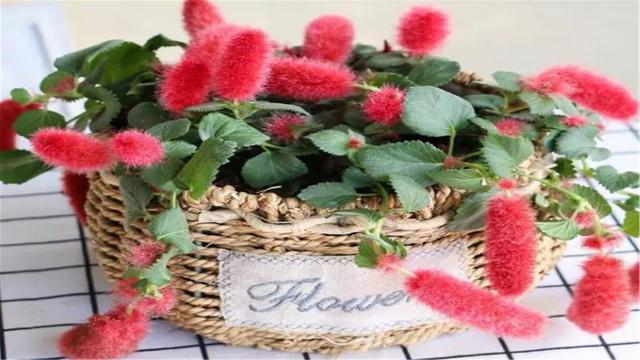
1. Choose the right soil for growing flowers
First of all, when we grow flowers, we must choose the right soil. Sometimes the appearance of soil lumps is also related to the soil layer. If the soil is more viscous, every time you water the flowers, many large lumps of soil will be produced. Over time, it will inevitably cause the bonsai soil to clump. Therefore, it is recommended that when you grow flowers, try not to choose clay soil. You can directly buy professional culture soil, or you can prepare some mixed soil yourself. Try not to use a single soil to grow flowers; generally, you can use humus soil or peat soil, culture soil, river sand, pottery or colored stones to mix and prepare the soil for growing flowers. This kind of mixed soil is generally loose and breathable, and it is not easy to clump into hard lumps.
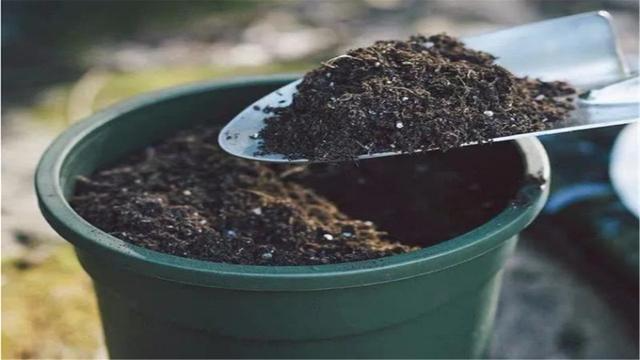
2. Watering method
In addition to the problem of the soil layer, incorrect watering method is also one of the main reasons for the caking of bonsai soil. Therefore, we must pay attention to the method of watering at ordinary times and develop good watering habits.
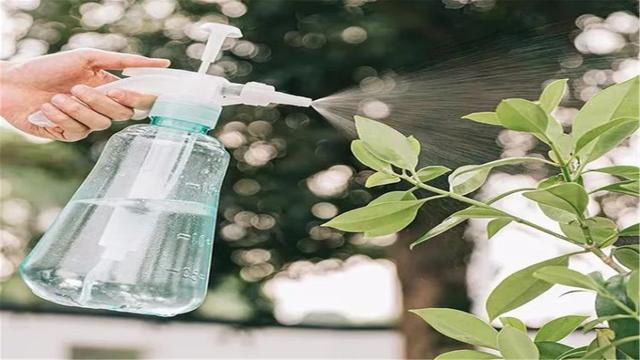
1. Water thoroughly and avoid "half-watering":
When we water flowers, we usually follow the principle of "water when dry, don't water when not dry, and water thoroughly when watering". However, in many cases, because of the beauty of the flowers, we often water them as soon as we see the surface of the potted flowerpot is a little dry, and often water them halfway. When we see the surface of the potted flowerpot becomes wet, we think it has been watered enough, and then stop watering, but in fact, we have not watered it at all. This will cause the top layer of the soil in the flowerpot to be wet all the time, while the bottom is still dry. In the long run, it will cause the bonsai soil to clump, affecting the absorption of water by the roots and stems of the plants. Therefore, it is best to water once and for all, and try to reduce frequent and infrequent watering.

2. Do not use weak alkaline water:
Generally speaking, most plants like acid or neutrality. When we water the flowers, we should try not to use alkaline water. On the one hand, too much alkaline water is not good for plant growth. On the other hand, alkaline water will change the structure of the soil, increase the strength of the soil, and cause the bonsai soil to clump. For example, the drinking water in some areas is alkaline and the water body is relatively hard. Using this kind of water to water the flowers for a long time will easily cause the soil to become alkaline and cause the bonsai soil to clump.
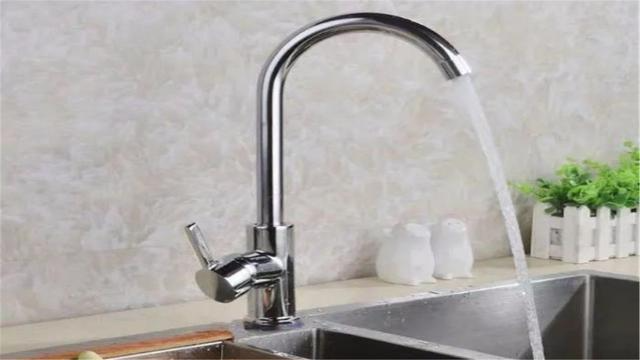
In addition, drinking water usually contains residual hydrogen, bleach and other harmful substances, so it is best not to use freshly drawn drinking water to water the flowers. It is recommended to dry them in the sun or a warm place for a day or two to evaporate the hydrogen before watering the flowers. If the water body is alkaline, you can first drop a small amount of salt-free white vinegar in the water to neutralize the pH.
3. Do not secretly dump daily sewage:
In addition, some flower lovers often unconsciously pour some daily sewage into the flower pots when watering the flowers, such as leftover milk, leftover tea, unfinished drinks, etc. These are very bad habits. On the one hand, it is not conducive to the growth of potted flowers, it is easy to cause root rot, root burn, etc., and it is easy to offend insects. On the other hand, it is also easy to cause soil caking.
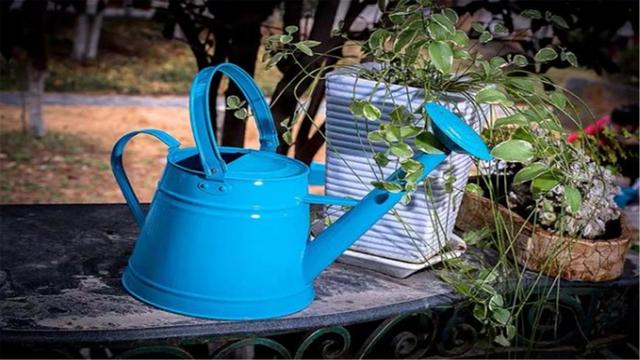
Therefore, if flower lovers have bad watering habits, start correcting them from today!
3. Scientific research on fertilizer
Improper fertilization or long-term use of a single organic fertilizer is also a major factor that causes soil caking. Therefore, we must apply fertilization scientifically and avoid applying concentrated fertilizers, raw fertilizers, etc. Rice washing water, tea water, etc. must be fully fermented before use, and the frequency of application should not be too frequent. It is best to dilute the liquid first when using it.
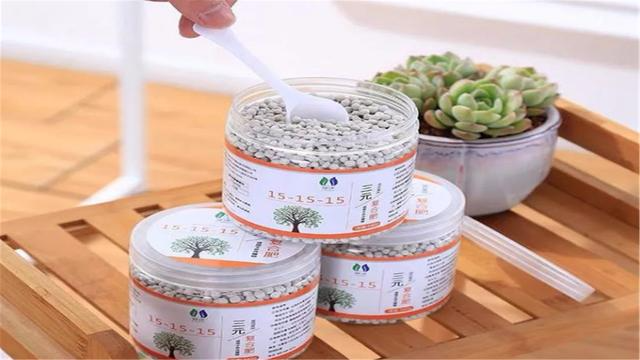
In addition, we can also reduce the demand for organic fertilizers by applying organic fertilizers. Organic fertilizers can not only provide nutrients for plant growth, but also change the soil structure and improve soil caking. We can add some cow dung and cow manure that have been fully fermented and recomposed to the soil. On the one hand, it can provide nutrients for plants and increase soil organic matter; on the other hand, when the excrement slowly releases nutrients in the later stage, it can also play a role in loosening the soil and improving soil caking.

4. Pour some "acidic water"
In addition, serious alkalinity of the soil is also one of the reasons for the caking of bonsai soil. Therefore, we can also water a little "acidic water" appropriately to adjust the soil pH, prevent the soil from becoming alkaline, and thus reduce the formation of soil caking. For example, we can add a small amount of salt-free white vinegar to the water when watering. On the one hand, it can improve the pH of the soil. On the other hand, there are many organic compounds in white vinegar, which can reduce soil caking; or we can collect some orange peels, orange peels, etc., put them in a sealed glass bottle, add appropriate amount of cold water, put them in a warm place, and after sufficient fermentation, take the top leachate dilution and water the flowers, which can also play the role of adjusting the soil pH and improving soil caking.
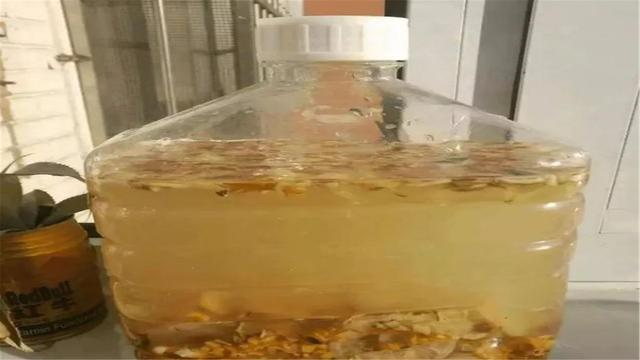
Usually, we should turn the soil for flowers regularly. On the one hand, it can improve the ability of plant roots to absorb air, which is beneficial to the infiltration of water and nutrients; on the other hand, it can also prevent the soil from caking. Have you learned this little way to prevent soil caking?